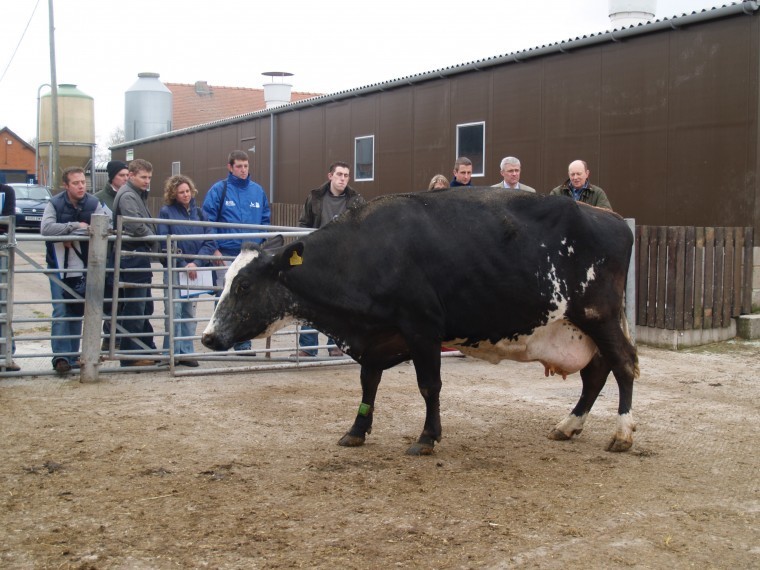I ask this as an open question, not because I know the answer or feel there really is an answer but to stimulate a thought process. What is our industry stance on lameness?
Various figures have been suggested, ranging from 15-30% but all of these studies are historic and all vary as to whether we look at incidence or prevalence with the incidence being the number of cases over time, and the prevalence being a snapshot in time. In truth, nobody knows the level of lameness within the national herd, and I do wonder if we can ever truly know it on our individual herds.
It is possible for us to achieve uniformity in what we are looking at. There is increasing pressure from milk buyers to mobility score herds and we can do this using the AHDB scoring system:
- 0 – Walks with even weight bearing and rhythm on all four feet, with a flat back. Long fluid strides possible.
- 1 – Steps uneven (rhythm or weight bearing) or strides shortened; affected limb or limbs not immediately identifiable.
- 2 – Uneven weight bearing on a limb that is immediately identifiable and/or obviously shortened strides (usually with an arch to the centre of the back).
- 3 – Unable to walk as fast as a brisk human pace (cannot keep up with the healthy herd). Lame leg easy to identify – limping; may barely stand on lame leg (s); back arched when standing and walking. Very lame.
By calling scores 2 and 3 lame, a mobility score for the herd can give us a prevalence of lameness on any unit at any time. But the question still remains, what level should we be satisfied with? Pressure from external sources would say 0% but clearly that is unrealistic. We could compare our dairy cows to performance athletes and quite clearly there would be a not insignificant number of our elite athletes injured (lame) at a point in time. The difference is they would be away from the public eye subjected to rest and recovery which is not achievable in a dairy herd where she still needs to milk and perform.
I do not think coming up with a number is necessarily useful, particularly as all units have different risk factors and will always therefore have a different prevalence of lameness but I do want us all to stop and think about the level of lameness and what we consider acceptable. From there we can come up with targets for our individual herds and work to improve it. Ultimately, since we are not yet at 0% lameness, improvement is possible. If we all take ownership of the problem and define our level of lameness and then improve it then we can work out the level of lameness in the UK dairy herd, and it won’t be as frightening as the number we might come up with at the moment.
Effective target setting needs to be SMART (specific, measurable, achievable, realistic, and time-bound). Lameness target setting therefore needs numbers to be specific and measurable and for that we need the prevalence of lameness within the herd. So I challenge you to:
- Come up with a herd prevalence, either from your most recent mobility score, ask your vet or go and score after milking (resources available on the AHDB website)
- Generate a SMART target to improve
- Measure change and reduce the prevalence of lameness in the herd.




